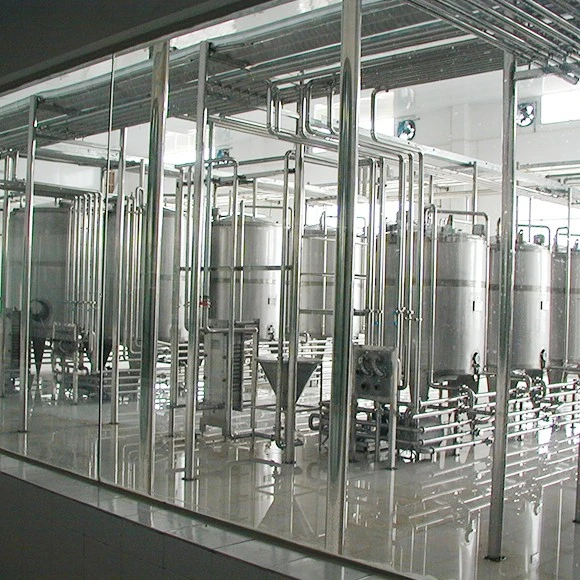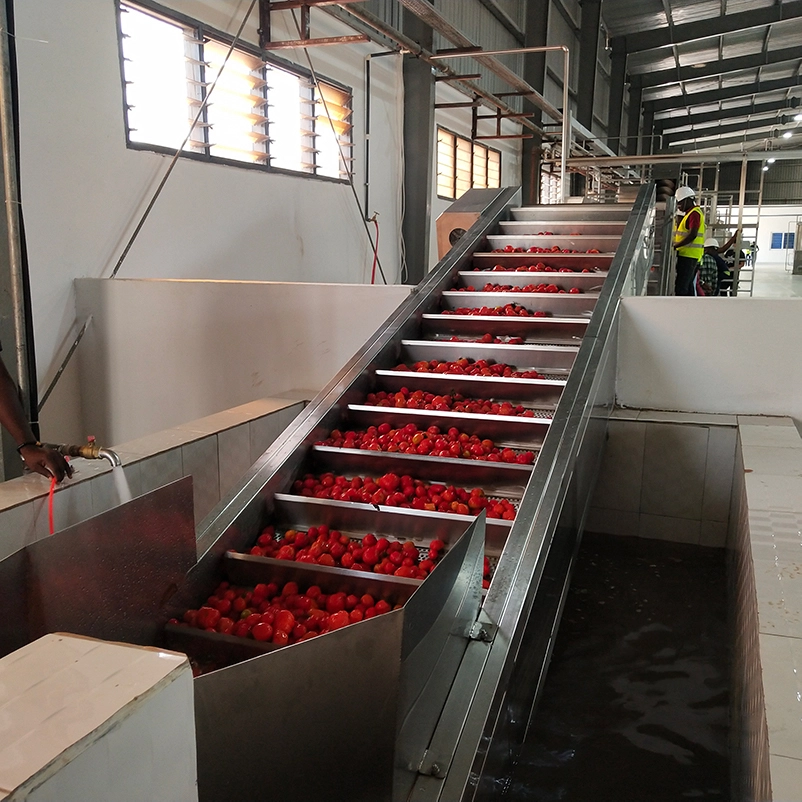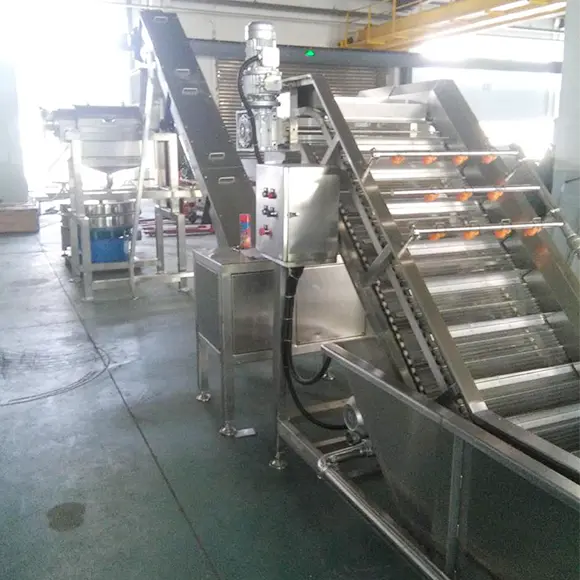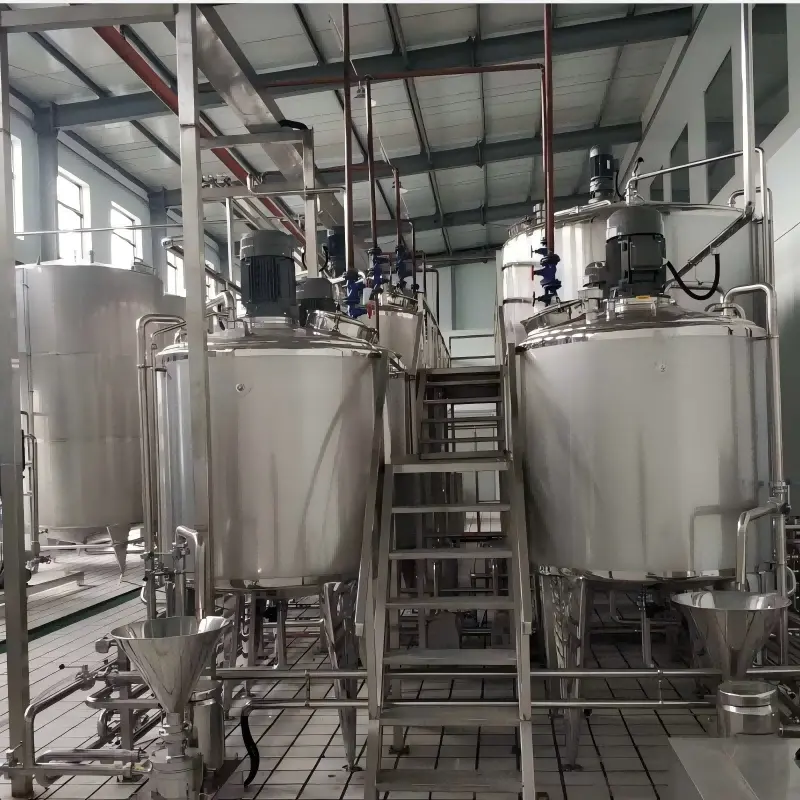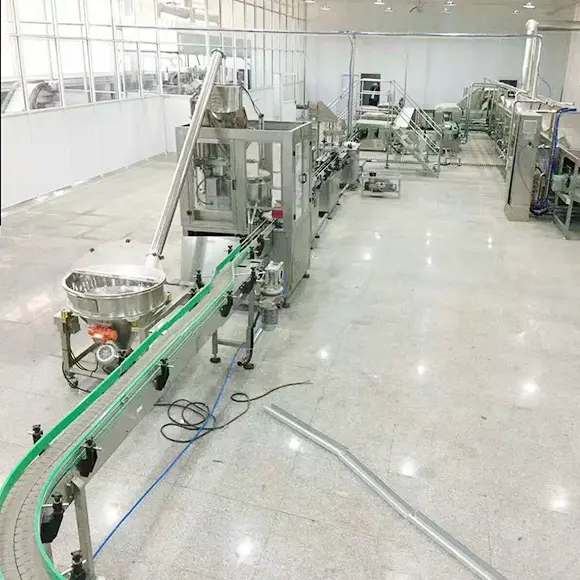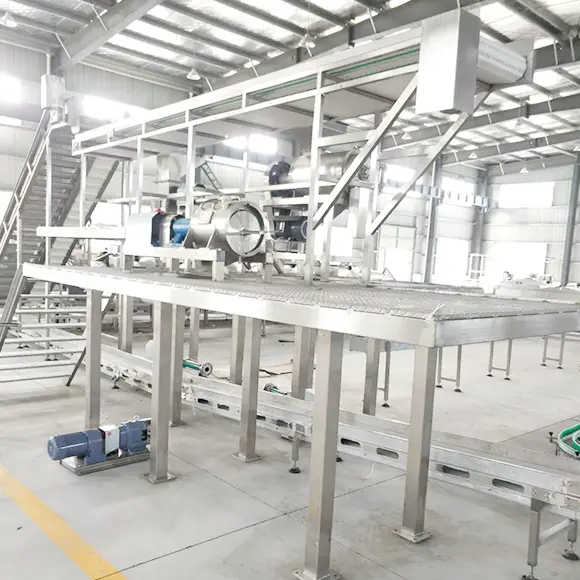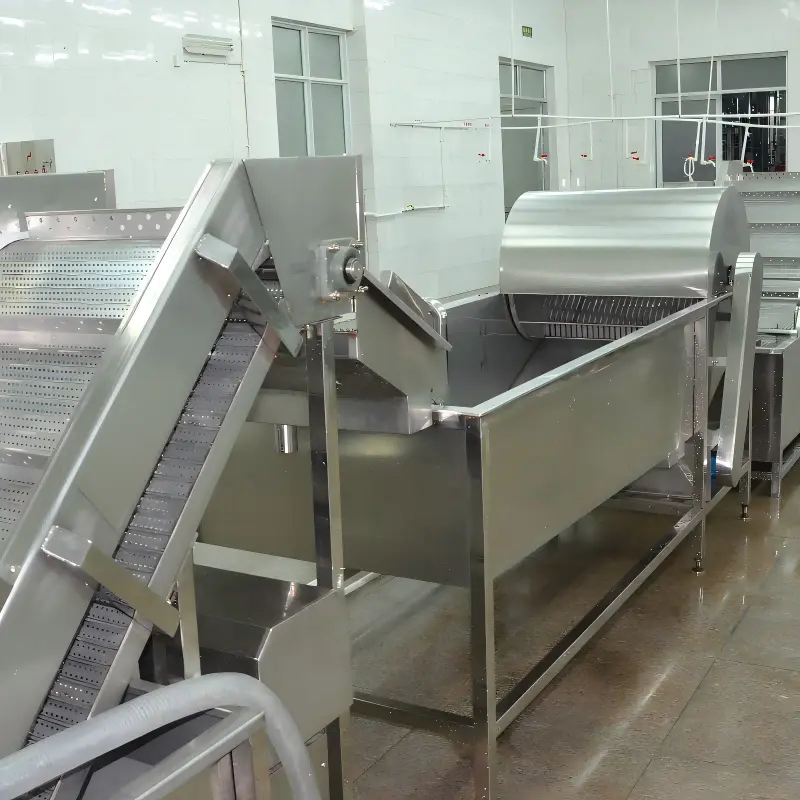Yogurt Production Line
- Fast Delievery
- Quality Assurance
- 24/7 Customer Service
Product Overview: This system consists of five processing sections:
1.Water Treatment Section
.Air burst tank → Quartz sand filtration → Activated carbon filtration → Filtration → Dual-stage reverse osmosis → Ultraviolet sterilization → Aseptic storage
2.Raw Material Treatment Section
.Milk → Preheating → Skimming
3.Blending and Standardization Section
.Blending (Blending tank) → High-temperature instantaneous sterilization → Vacuum degassing → Homogenization → Aseptic storage
4.Filling, Sterilization, and Packaging Section
.Filling → Secondary sterilization
5.CIP Cleaning Section
.The CIP cleaning system is used to clean the tanks and pipelines of the entire pasteurized milk production line, keeping the line always unobstructed.
Medium and Small-Scale Yogurt Production Line, Automated Yogurt Production Line, Ambient Temperature Yogurt Production Line
Coagulation-Type Yogurt Production Process:
· Fresh milk → Standardization → Homogenization → Sterilization → Cooling → Inoculation → Stirring → Filling and sealing → Fermentation → Cooling → Maturation
Stir-Type Yogurt Production Process:
· Fresh milk → Standardization → Homogenization → Sterilization → Cooling → Fermentation → Stirring → Filling and sealing → Cold storage maturation → Yogurt
The former cools and packages first, then ferments; the latter inoculates and ferments first, then packages.
1.Preheating Tank: Heated milk to approximately 60 degrees Celsius.
2.Milk Filtration: Milk passes through a pipeline into a duplex filter to filter out impurities (The duplex filter, also known as the duplex switching filter, is composed of two stainless steel filters in parallel, featuring a novel and reasonable structure, good sealing, strong flow capacity, easy operation, and many other advantages. It is widely used and adaptable, with a particularly low filter bag leakage rate, ensuring accurate filtration precision, and allowing for quick filter bag replacement, reducing material consumption and operation costs).
3.Homogenization: Milk is pumped through a pipeline into a homogenizer for homogenization (Pasteurized milk does not require homogenization, but liquid and solid yogurt production does. The main benefit of homogenization is that the yogurt has a whiter color, and the whey is better collected after making yogurt. Homogenization breaks down the fat globules in the milk. Homogenized pasteurized milk appears thinner. If homogenization is not required, the equipment is designed with separate valves to enter the sterilization process without homogenization).
4.Sterilization: After homogenization, it is pumped through a pipeline into the milk sterilizer. The temperature and time of the sterilization tank can be adjusted (The general sterilization temperature is about 85 degrees Celsius for 30 minutes).
5.Cooling: After sterilization, the milk is cooled using a compressor. The cooling temperature for pasteurized milk can be automatically adjusted. The fermentation temperature for yogurt is about 42 degrees Celsius. Liquid yogurt can be made using a fermentation tank, while solid yogurt is made using a yogurt machine. Solid yogurt machines typically use yogurt cups, and the fermentation time for yogurt is 8 hours.
6.For Liquid Yogurt Production: If the customer also wants to make liquid yogurt, a temperature control device can be installed on the pre-cooling tank for the fermentation of liquid yogurt. After the entire process of the equipment is completed, the preheating tank can be used as a hot water pipe. The entire production line can be cleaned by adding a set of pipelines and a water pump.
Send Inquiry
